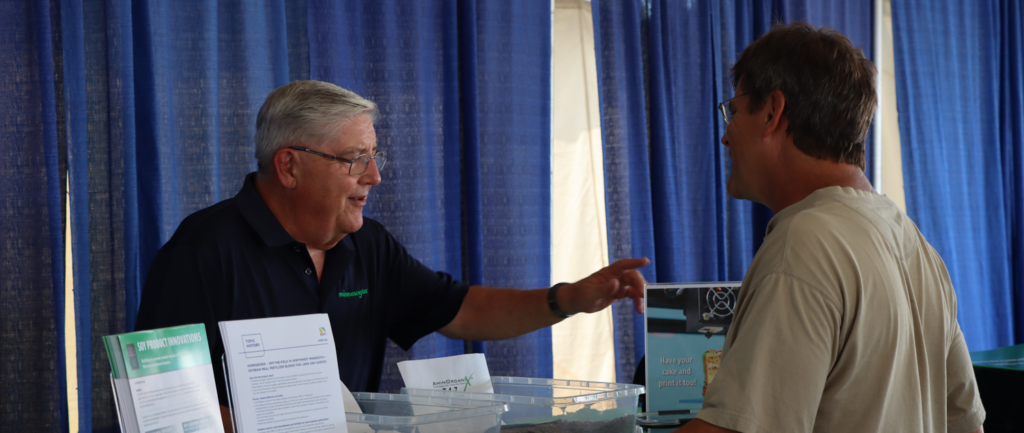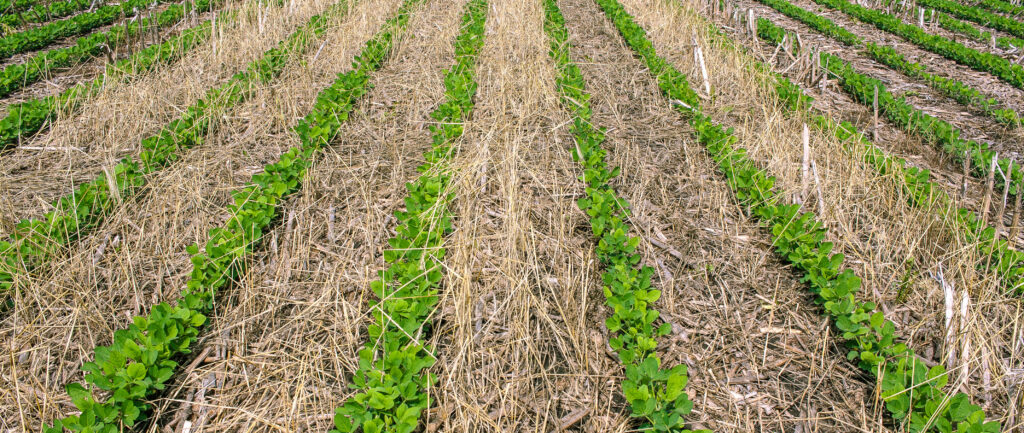The Minnesota Department of Agriculture (MDA), in collaboration with University of Minnesota Extension, has confirmed a new Palmer amaranth infestation in a soybean field in Redwood County.
In mid-September, a farmer noticed several weeds he suspected as Palmer amaranth – a highly invasive weed. Genetic testing of four plants found in the field confirmed they were Palmer. MDA staff have scouted fields within a five mile radius of the soybean field and have not found any other plants. MDA is investigating where the Palmer amaranth seed came from.
“Given the limited number of plants, we are optimistic this infestation is contained to a small area,” said Mark Abrahamson, MDA’s Director of Plant Protection. “Given its potential harm to our ag industry, we will search for a source of the plant and work with the farmer to monitor the area next year. We have successfully eradicated the plant in other parts of the state and will work to achieve the same results in Redwood County.”
Palmer amaranth was first discovered in Minnesota in 2016 in Lyon and Yellow Medicine counties. In 2017, the plant was found in Todd and Douglas counties. Because of eradication efforts at those sites, no Palmer amaranth has been in the four counties in 2018.
Palmer amaranth can grow 2 to 3 inches a day, typically reaching 6 to 8 feet, or more, in height. Left uncontrolled, a single female Palmer amaranth plant typically produces 100,000 to 500,000 seeds. It is resistant to multiple herbicides, can cause substantial yield losses, and greatly increase weed management costs in soybeans and corn.
Because of the impacts it can have to Minnesota’s crops, Palmer amaranth is listed as a Prohibited Weed Seed. This means no Palmer amaranth is allowed in any seed offered for sale in the state. It is also on Minnesota’s Prohibited Noxious Weed Eradicate List. All above and below ground parts of the plant must be destroyed. Also, no transportation, propagation, or sale of this plant is allowed.
The invasive weed is native to the southwestern United States and northwestern Mexico. It has been found in over half of the states, including Iowa, North Dakota, South Dakota, and Wisconsin.
The Minnesota Soybean Growers Association (MSGA) is advising farmers to keep their eyes open in the field this fall, and promptly report any findings of potential Palmer amaranth to MDA. If farmers are bringing in equipment from other states for combining, make sure the equipment is properly cleaned, and always buy seeds from reputable seed dealers.
“All of these steps are crucial to keeping Palmer amaranth out of Minnesota,” says MSGA Director of Public Affairs Joe Smentek, an environmental attorney.







